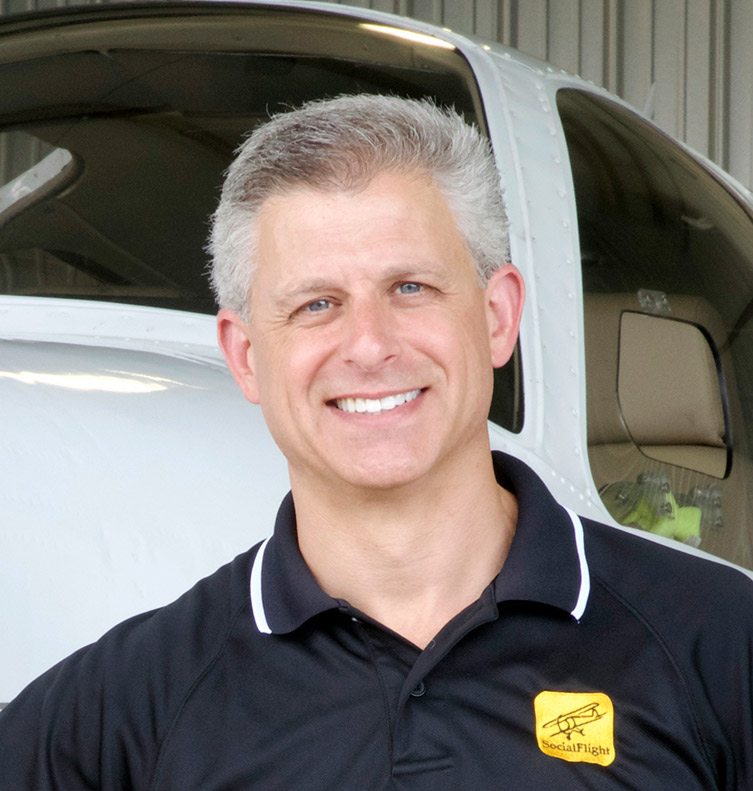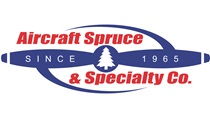Aircraft Maintenance: Understanding aviation greases
Aviation greases are a mystery to many aircraft owners. However, using the correct grease can make the difference between a component lasting the life of the aircraft, or failing after just a few flights.
Aviation greases are semisolid lubricants designed to provide lubrication, block moisture penetration, and protect against corrosion. Grease’s most powerful property is its ability to stick to surfaces, resist evaporation, and withstand the elements. This is particularly advantageous for the various hinges, bearings, and bushings on aircraft, which have no oil flow or constant lubrication replenishment.
The most common thickening agent is clay, which is used in the most common aviation greases such as AeroShell 5, 6, 7 and 22. The numbers represent different formulations designed to meet different needs. Here is a summary of clay grease applications (data from AeroShell):
AeroShell Grease 5 “is particularly effective for use as a wheel bearing grease, especially when landing speeds are high, and is suitable for the lubrication of aircraft and engine accessories operating at high speeds and at relatively high temperatures, e.g. magnetos, generators and starters.” AeroShell lists the useful operating temperature range as minus 18 degrees Celsius to 149 degrees Celsius.
AeroShell Grease 6 “is a general purpose airframe grease for use in antifriction bearings, gearboxes and plain bearings within the temperature range of [minus 40 degrees Celsius to 121 degrees Celsius].”
AeroShell Grease 7 “satisfies nearly all the airframe grease requirements of turbine engined aircraft and also those of piston engined aircraft provided that seal incompatibility does not occur. Most civil aircraft manufacturers approve AeroShell Grease 7 as a general-purpose grease either by brand name or by specification. It is recommended for lubricating highly loaded gears, actuator screw mechanisms, etc., also for instrument and general airframe lubrication within the temperature range of [minus 73 degrees Celsius to 121 degrees Celsius].”
AeroShell Grease 22 “is especially recommended for use wherever severe operating conditions are encountered as in high bearing loads, high speeds, wide operating temperature range, and particularly where long grease retention and high resistance to water washout are required.” AeroShell lists the useful operating temperature range as minus 54 degrees Celsius to 177 degrees Celsius.
It is very important to use only grease types that are approved for use in a given component by the manufacturer. In addition, mixing greases made with different thickener types can be a recipe for disaster.
In addition to clay-based greases, synthetic greases have been developed such as AeroShell 33. This is “a synthetic universal airframe grease composed of a lithium complex thickened synthetic base oil with corrosion and oxidation inhibitors and load carrying additives.” According to AeroShell, the useful operating temperature range is minus 73 degrees Celsius to 121 degrees Celsius. Another synthetic grease is NYCO Grease GN 3058, “a white lithium complex thickened synthetic grease designed to operate in salty and humid environment in a very wide temperature range” from minus 54 degrees Celsius to 175 degrees Celsius. Hartzell Propeller uses NYCO Grease GN 3058 as the preferred grease in several of its new propellers. Finally, Mobilith SHC 100 is a synthetic aircraft wheel bearing grease using a lithium complex thickener. Its operating temperature range is minus 40 degrees Celsius to 150 degrees Celsius. Many new Cleveland-brand wheels are shipping with synthetic grease.
It is very important to use only grease types that are approved for use in a given component by the manufacturer. In addition, mixing greases made with different thickener types can be a recipe for disaster.
For example, mixing clay-thickened greases with lithium complex greases leads to a breakdown of the thickener structure. The oil will literally drain out of the mixture, causing complete loss of lubrication and possible component damage. Greases can also be incompatible from additive interactions. If you do want to change to a different grease type, first verify that a new grease type is approved for your application. Then, be sure to remove all of the old grease from the component completely and clean it thoroughly, before adding the new grease.
Lastly, understand that the base oils can separate out from the thickener when grease sits on a shelf for an extended period, especially in high temperatures. In most cases, you can simply stir it all back together into a uniform complex and the grease is fine to continue to use. Check with the manufacturer for expiration and remixing guidelines if you aren’t sure in your particular situation. There are certainly advantages to upgrading to modern, synthetic greases, especially for wheel bearings, high load components, and extreme environments. That said, refer to the manufacturer’s data to choose the right grease and make the changeover with care.
All greases should be cleaned out and replaced on a regular basis because one of grease’s features is that it retains and suspends contaminants. However, grease also breaks down over time and must be replenished. With a little maintenance, your greased bearings and bushings can last for years to come. Until next time, I hope you and your families remain safe and healthy, and I wish you blue skies.



